The Palacete do Caminho Novo in São Cristóvão, Rio de Janeiro, is a rare architectural exemplar from the 19th century, and it is one of the first buildings listed as a national historic and artistic heritage site by the Brazilian Institute of National Historic and Artistic Heritage (IPHAN) in 1938. Designed by Jean Pierre Pézerat, the Emperor’s architect, it is adorned with decorative paintings by Francisco Pedro do Amaral and stucco work by the Ferrez brothers. The building once housed the Museum of the First Reign and currently houses the Museum of Brazilian Fashion.
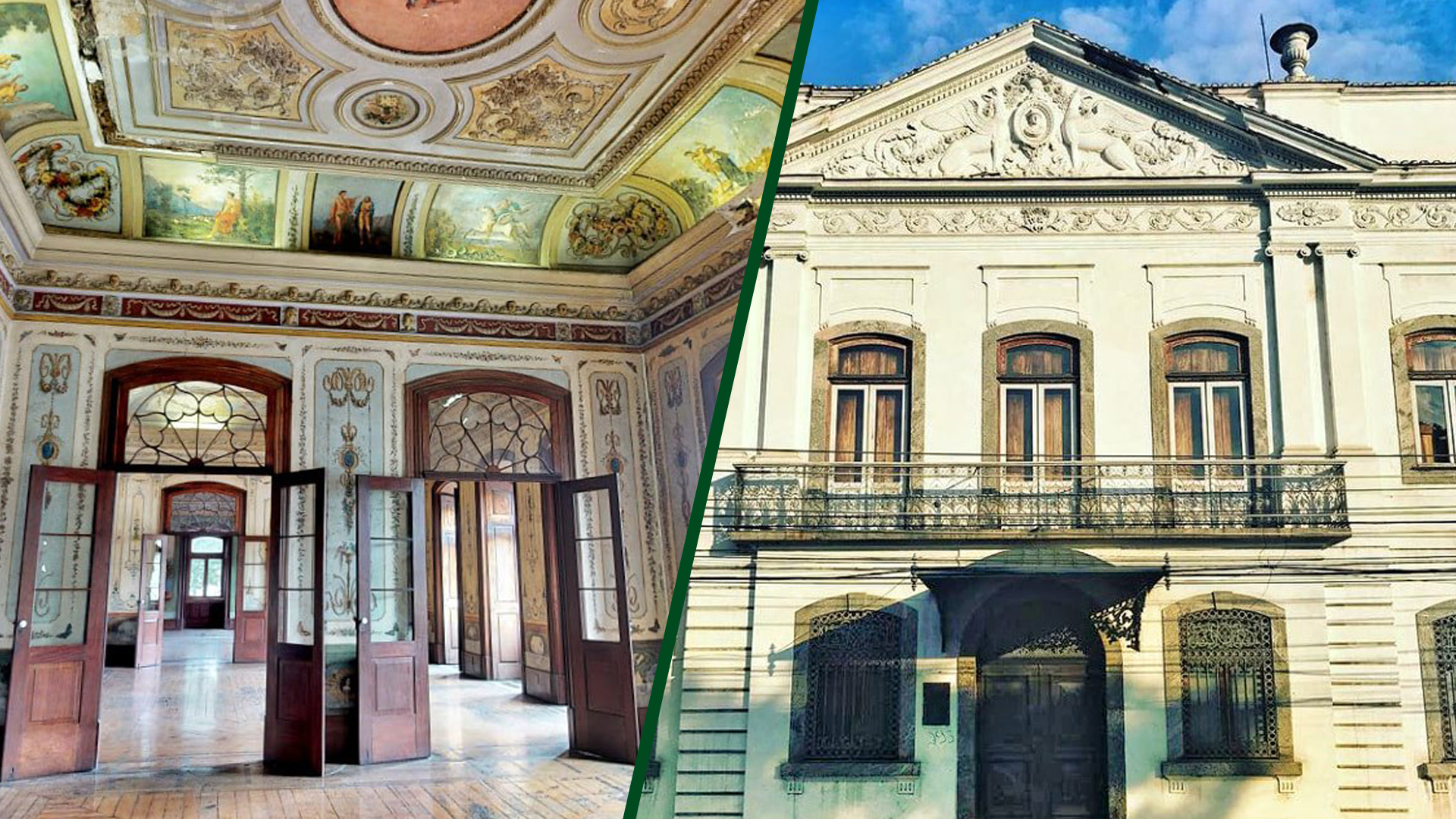
The Palace was a gift from Emperor Dom Pedro I to Domitila de Castro Canto e Melo, the Marquise of Santos, in 1826, and she lived there until 1829.
Years later, in 1857, the banker and industrialist Irineu Evangelista de Sousa, Baron of Mauá, at the time the wealthiest man in Brazil, received the former palace of the Marquise of Santos in the imperial neighborhood of São Cristóvão as a gift to settle a debt. It was known as the Palacete do Caminho Novo.
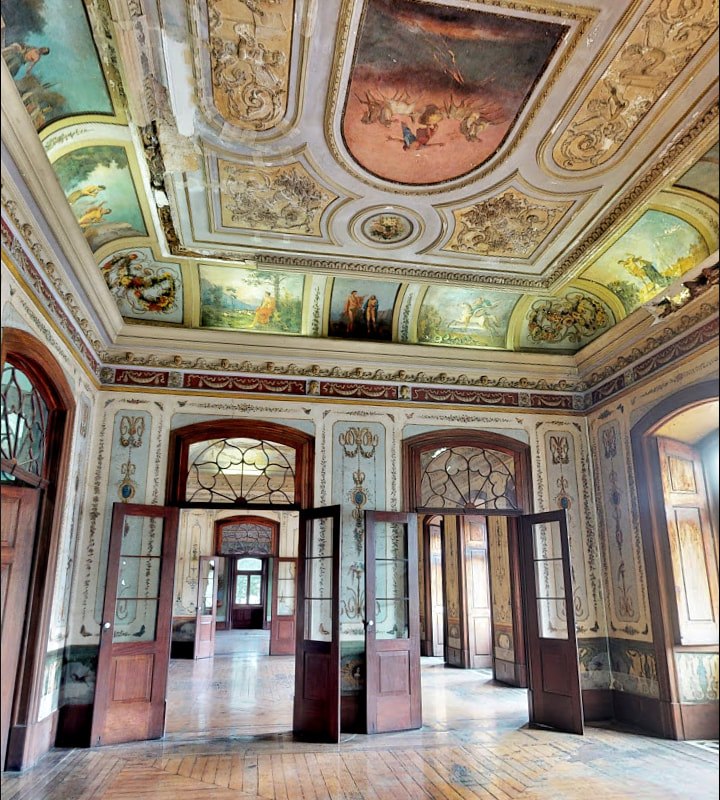
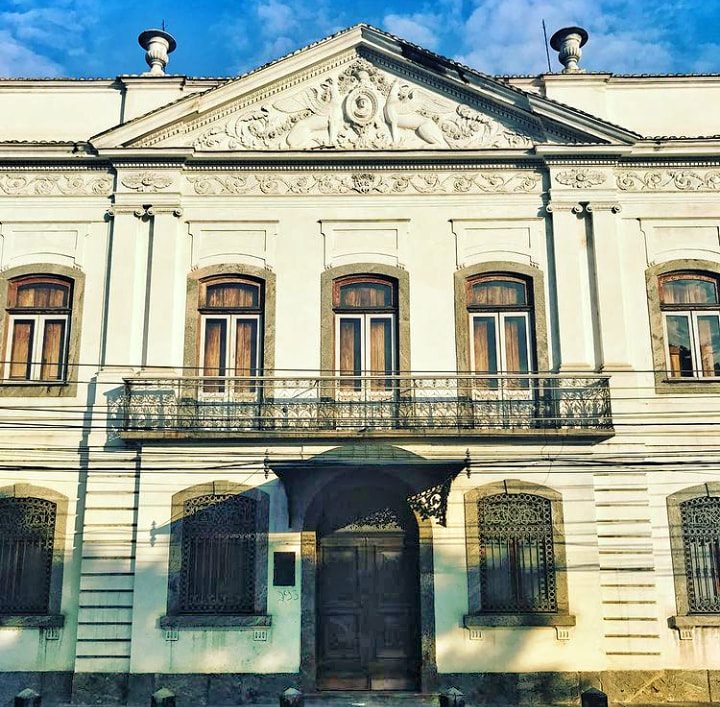
The Palacete was one of the most envied houses in the city of Rio de Janeiro. In addition to his wife (who was also his niece) and their six children, Mauá’s mother, Dona Mariana Batista de Carvalho, and his sister, Guilhermina de Souza Machado, also lived in the palace. While Dona Maria enjoyed living close to the Emperor and was interested in etiquette, her sister was a sad widow who disliked the hustle and bustle of the palace and the attention it attracted.
Guilhermina preferred a calmer and more discreet life, considering her mother’s focus on the clothes and carriages of those who visited the court to be trivial, which caused numerous disagreements and disputes between them, arguments that were mediated by the Baron’s niece and wife, Maria Joaquina. They all lived together: the mother, the sister, the wife, and the six children of the Baron. Passionate about his work and his family, the Baron dedicated many of his nights to work in his office. Very organized and even systematic, he maintained a routine in his days and always kept up with world news.
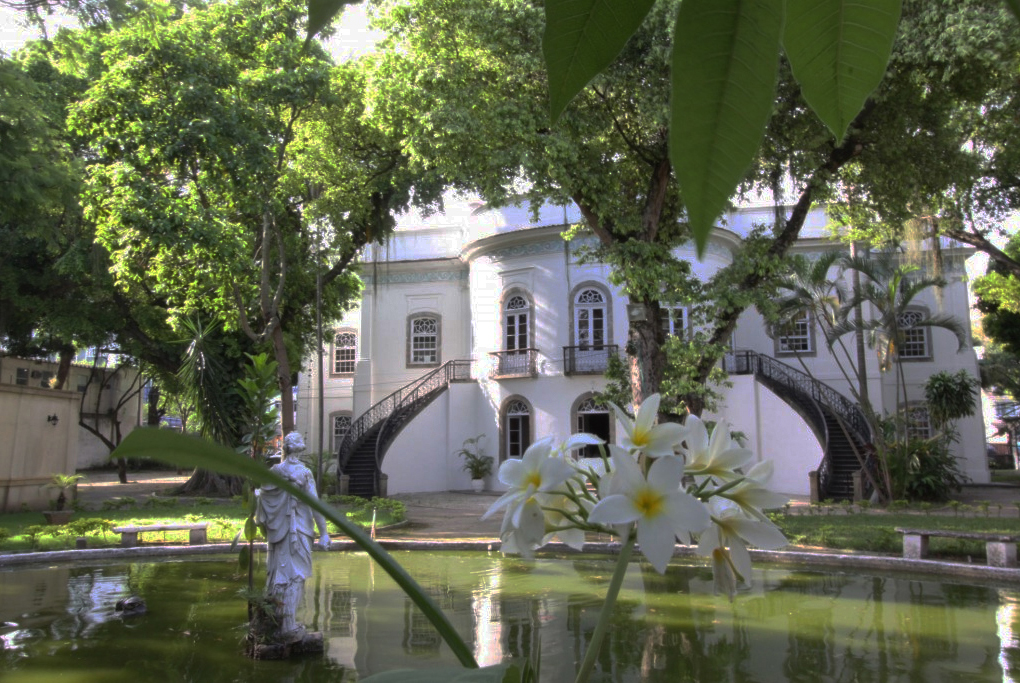
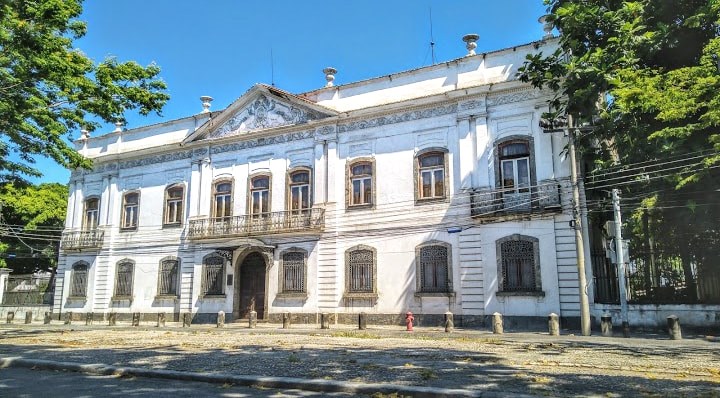
Mauá had the resources to make his house in São Cristóvão even larger and more luxurious than the Imperial Palace of Dom Pedro II, his neighbor, but he chose to make small renovations, such as the facade and the floor of the music room. He also added an extra floor to the Palacete and repainted a large part of the interior decoration.
Mauá resided there until 1882, when, on April 22, he sold the house to Baron of Guararema, Luís José de Sousa Breves, after his financial downfall.
Reference: CALDEIRA, Jorge. Mauá: empresário do império. Brazil: Companhia das Letras, 1995.

Matheus Araújo
Matheus Araújo is the founder and editor of Brazilian History. Born in Rio de Janeiro and holding a degree in Advertising and Marketing, his passion for history led him to enroll at the Federal University of the State of Rio de Janeiro, where he is currently pursuing a degree in History Education.
